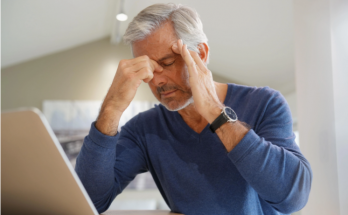Chinese health experts have cautioned against inappropriate disinfection practices to curb the spread of COVID-19, and called for minimizing the impact on people’s regular life when conducting necessary disinfection.
“We should avoid blind or excessive disinfection, and make it targeted. Disinfection is only necessary when the virus transmission can be cut off this way,” said Zhang Liubo, chief disinfection specialist of the Chinese Center for Disease Control and Prevention (CDC), at a press conference on Friday afternoon.
“If we have multiple methods to block the spread of the virus, we can choose the safest, most effective, economical and convenient one. Disinfection is one of the available options,” he added.
For example, items not touched by the infected people in their homes can be sealed off and left unattended for a period of time, instead of getting disinfectant sprayed on them, according to Zhang.
During the battle against the latest Omicron wave in China, there have been media reports and online complaints about some questionable disinfecting approaches, such as workers in protective gear spraying disinfectant all over someone’s home.
Is indoor disinfection necessary?
In accordance with China’s Law on the Prevention and Control of Infectious Diseases, places and items contaminated by infectious disease pathogens should be strictly disinfected, said Lei Zhenglong, deputy head of the Bureau of Disease Prevention and Control at the National Health Commission.
Disinfection of places that may have been contaminated by the coronavirus, such as the living areas of the infected people, has played an important role in ensuring the safety of the environment, he said.
Zhang further explained that after the infected people were relocated to other places, there might still be living virus on the objects or in the environment that have been contaminated, which need to be sanitized.
Sometimes it’s difficult to determine whether there still exist living virus in the contaminated environment, because how long the virus can survive on the surfaces of objects is associated with a lot of factors, including the characteristics of the virus, the viral load, the temperature, humidity and the intensity of sunlight in the environment, he said.
Previous studies have shown that the novel coronavirus can live for two to three days on environmental surfaces, and even up to 28 days under certain conditions.
It is also possible that people can get COVID-19 by touching surfaces contaminated with the virus, both Chinese and foreign health authorities like the U.S. CDC have said.
Terminal disinfection of the contaminated places can ensure that the environment and the objects are free of living virus. Therefore, indoor disinfection of infected people’s homes is one of the effective measures to prevent against the virus transmission among family members.
Safe and effective disinfection stressed
Although proper disinfection of the contaminated environment is necessary, Lei pointed out that there have been problems in the disinfection practices in some places, like inadequate communication with the affected residents and improper operations.
It’s necessary to strengthen the training of proper disinfection procedures, as well as the supervision of the disinfection process, he said.
When organizing indoor disinfection of someone’s home, local health authorities should strictly follow relative technical specifications and procedures, and keep the residents informed about the whole process, so that they can understand and support the disinfection work, he added.
People should choose safe and effective disinfectants and disinfecting methods, Zhang said, adding that different methods should be adopted for different items and materials.
They should also protect the valuables and minimize the damage to the objects inside some’s home when conducting the disinfection work, he noted.
Source from CGTN



